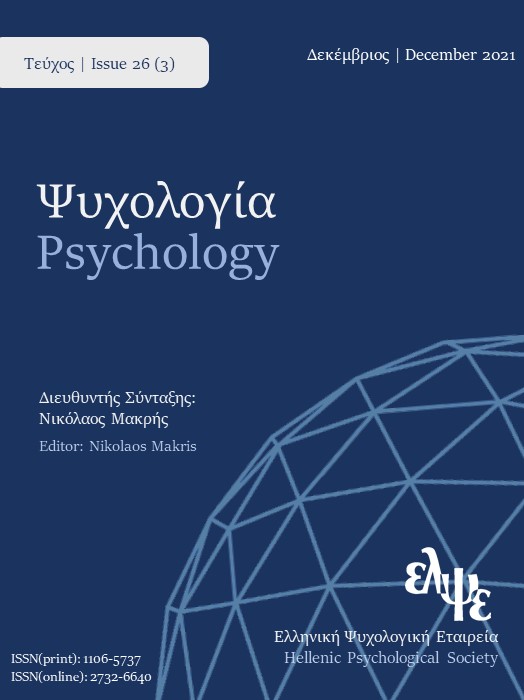Morphological awareness and vocabulary: the examination of their relationship in kindergarten

Abstract
The aim of this study was to examine the relationship between morphological awareness and vocabulary. Participants were two hundred and fifteen Greek children tested in kindergarten. We evaluated three morphological awareness skills (inflection, derivation, and lexical compounding), receptive vocabulary and expressive vocabulary, along with other cognitive and language skills. The results of hierarchical regression analyses showed that each one of the three aspects of morphological awareness (inflectional, derivational, and compounding) predicted uniquely both receptive and expressive vocabulary. In addition, the results of hierarchical regression analyses showed that each one of the two types of vocabulary predicted uniquely each one of the three aspects of morphological awareness. These results add to our understanding of the relationship between these two developing skills as they suggested a reciprocal relationship. Moreover, the results underscore the potential importance of all aspects of morphological awareness in this relationship.
Article Details
- How to Cite
-
Grigorakis, I. (2022). Morphological awareness and vocabulary: the examination of their relationship in kindergarten. Psychology: The Journal of the Hellenic Psychological Society, 26(3), 283–303. https://doi.org/10.12681/psy_hps.29155
- Section
- RESEARCH PAPERS

This work is licensed under a Creative Commons Attribution-ShareAlike 4.0 International License.
The journal PSYCHOLOGY adopts a Platinum open-access policy. Submission, processing or publication costs are waived by the Hellenic Psychological Society. Papers published in the journal PSYCHOLOGY are licensed under a 'Creative Commons Attribution-ShareAlike 4.0 International' licence. The authors reserve the copyright of their work and grant the journal the right of its first publication. Third-party licensees are allowed to use the published paper immediately after publication as they wish, provided they retain the defined by the license copyright formalities, regarding the reference to its author(s) and its initial publication in the journal PSYCHOLOGY. Moreover, any adjusted work should be shared under the same reuse rights, so with the same CC license.


